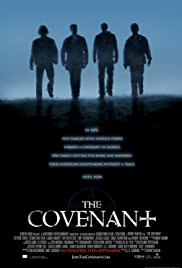 Renny Harlin should seriously consider having his name legally changed to Alan Smithee. That way, whenever some movie is released that credits the infamous pseudonym as its director, Harlin could at least say, “Nope, that wasn’t me,” and it would be plausible that he’s telling the truth. Yes, “The Covenant” is that bad. Granted, we’re talking about one of the best bad-movie directors of all time (“Cutthroat Island,” “Driven,” “Deep Blue Sea”), so no one was expecting much from him to begin with…and he still under-delivered. Harlin’s 1996 movie “The Long Kiss Goodnight,” one of the best bad movies ever made, looks like “The Godfather” compared to this.
Renny Harlin should seriously consider having his name legally changed to Alan Smithee. That way, whenever some movie is released that credits the infamous pseudonym as its director, Harlin could at least say, “Nope, that wasn’t me,” and it would be plausible that he’s telling the truth. Yes, “The Covenant” is that bad. Granted, we’re talking about one of the best bad-movie directors of all time (“Cutthroat Island,” “Driven,” “Deep Blue Sea”), so no one was expecting much from him to begin with…and he still under-delivered. Harlin’s 1996 movie “The Long Kiss Goodnight,” one of the best bad movies ever made, looks like “The Godfather” compared to this.
The movie begins with a crawl that explains how four families with supernatural powers escaped to America hundreds of years ago to avoid persecution, then entered a vow of silence to maintain their safety. One of the families was ratted out and killed, while the other four stayed true to their word. The power has been passed down to the present day to first-born sons Caleb (Steven Strait), Pogue (Taylor Kitsch), Reid (Toby Hemingway) and Tyler (Chase Crawford), who all attend a ritzy boarding school. Caleb meets cute with Sarah (Laura Ramsey), while Pogue’s girlfriend Kate (Jessica Lucas) gets a little too close to new guy Chase (Sebastian Stan). The four covenant members begin to notice some strange goings-on – a disturbance in the Force, if you will – and Caleb suspects the hot-headed Reid is getting addicted to his power, which apparently will age you prematurely with excessive use. Pretty soon, though, the boys realize that the fifth family was not exterminated after all, and the surviving heir is out for revenge.
The movie is all wrong from the very first scene. The four boys pull a “Lost Boys”/”Underworld”-style drop from a cliff down to a beach party, a gross misuse of their powers (but nothing compared to what they do when chased by the police). The shot implies that the boys are corrupt narcissists when they’re not, which means that the scene only exists for the sake of doing a fancy FX shot. Even worse, from that scene on, the whole Three Musketeers credo that we assume the group maintains is thrown out the window, replaced with Caleb ruling the other three boys with an iron fist, making it less of a covenant than a dictatorship. Snotty jerk Aaron (Kyle Schmid) gets in the boys’ faces at the beach and establishes himself straight away as a villain, but he’s tossed aside about 30 minutes in and is never heard from again. (Speaking of Schmid, good luck telling the difference between him and good guy Kitsch, as they could pass for twins, which should go down on the casting director’s permanent record.) They set up Reid as a potential third dot in a love triangle with Caleb and Sarah, only to drop the thread almost as soon as they start it. Two of the characters are visited by nasty beasties called darklings, though the significance of the darklings is never explained. And I’d love to see a school anywhere in the world that has showers as fancy as the one Sarah uses here.
And let us discuss the acting, shall we? The supposedly hot-headed Hemingway has all the menace of one of those lap dogs that pees when it gets excited. (The producers surely thought they were clever when they had him say “Harry Potter can kiss my ass!”, since Hemingway is a dead ringer for Tom Felton, who plays Potter nemesis Draco Malfoy in that series.) Strait looks a little like Josh Hartnett and Keanu Reeves, but luckily can out-act both of them. Kitsch and Crawford are window dressing by the second act, especially Crawford, whose existence is barely acknowledged. Lastly, there’s Sebastian Stan, who has to be the lovechild of Scott Wolf and Sean Astin with the acting “talents” of Matthew Lillard. None of that last sentence, sadly, is an exaggeration, especially the bit about Lillard. Hoo boy, is he bad in this.
Someone at Screen Gems must have pictures of Harlin in a compromising position with some kind of farm animal. Either that or the summer house in Vienna needed some work. Those are the only reasonable explanations why he would take on a project like “The Covenant,” which is slumming even by his standards. It’s going to take him years to work this one off, assuming he ever does. In fact, this movie might be the long kiss goodnight to Harlin’s career. A bit of advice, Renny: sometimes the best moves are the ones you don’t make.
 (1 / 5)
(1 / 5)




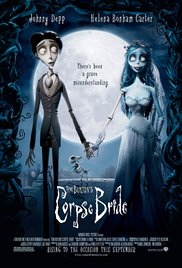
 (2.5 / 5)
(2.5 / 5)
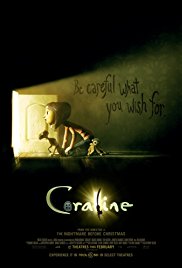
 (4 / 5)
(4 / 5)
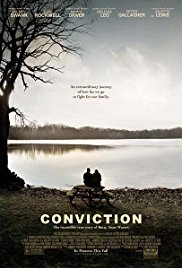
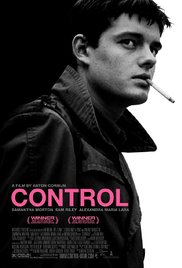
 (3.5 / 5)
(3.5 / 5)
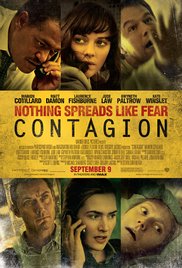
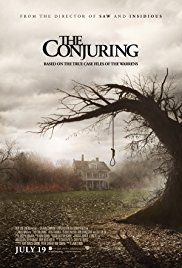

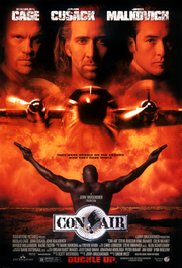
 (3 / 5)
(3 / 5)